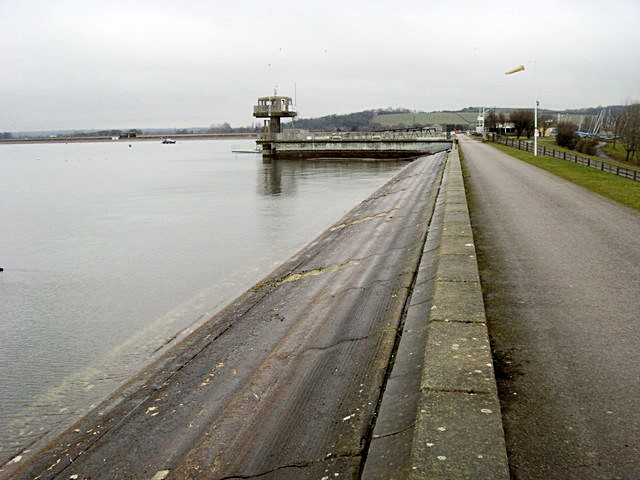
Farmoor Reservoir. The reservoir was built in the 1970s. Water from the Thames (Isis) is pumped up to the reservoir, filtered, and then distributed by pipe to all the households in Oxford.
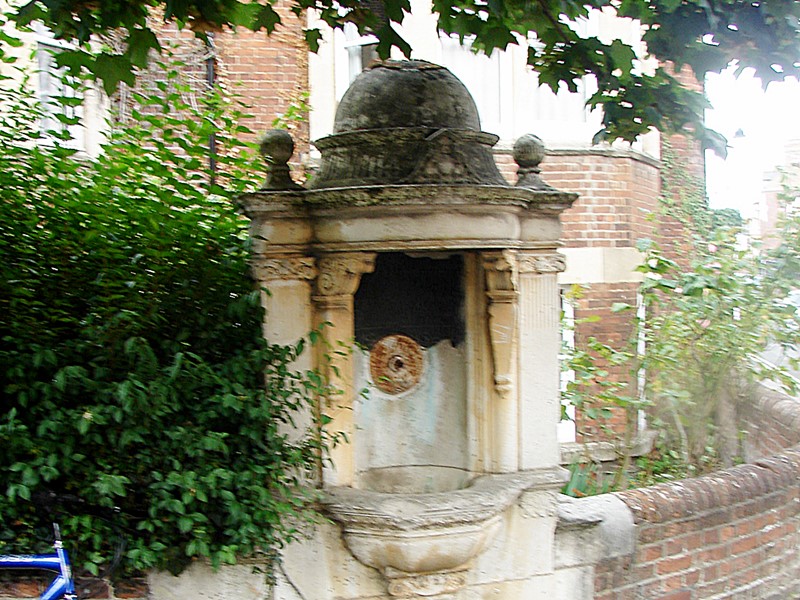
Walton Well - an 1895 drinking fountain over a spring in Walton Well Road
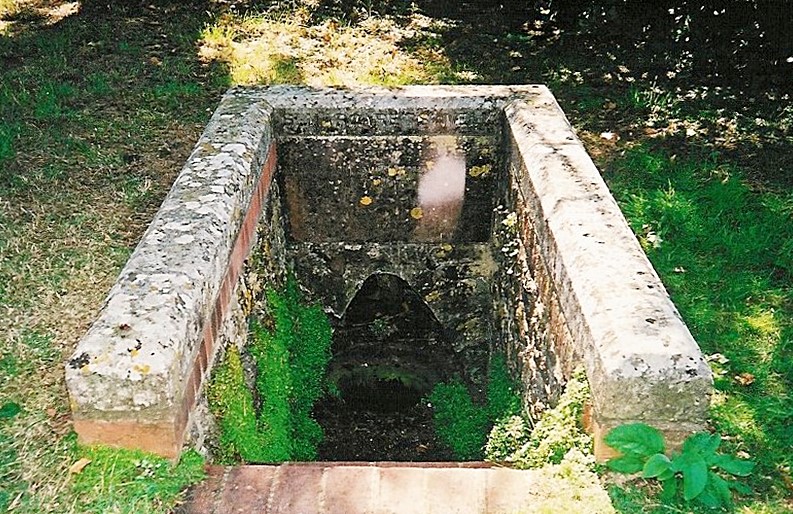
Alice’s Treacle Well - Lewis Carroll used St Margaret’s Well, Binsey, in Alice in Wonderland as part of the sleepy Dormouse’s story. Wells were described as Treacle Wells if they were believed to have medicinal properties.
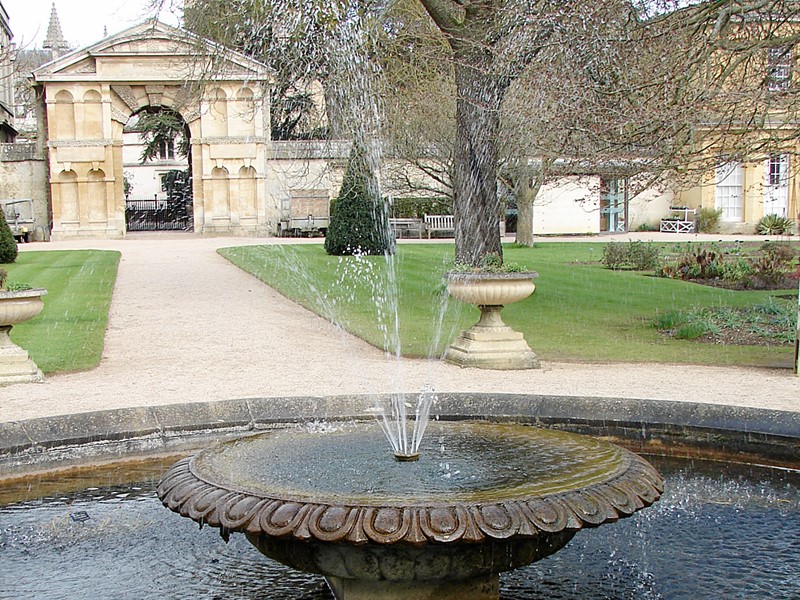
Ornamental Fountain in the University Botanic Garden
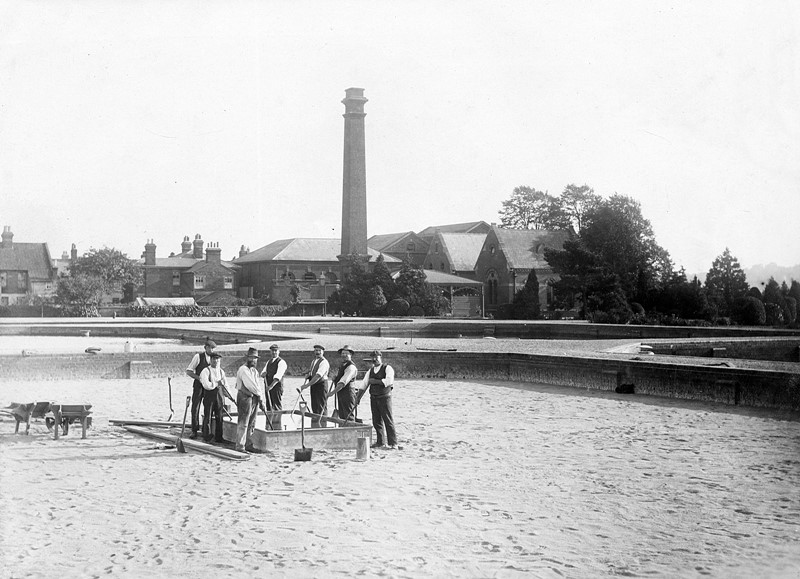
Oxford Waterworks (Henry Taunt), 1914. Men washing sand in the base of a dry filter bed at the sewage treatment works at New Hinksey. The location was chosen as suitable for an open air swimming bath a few decades later.
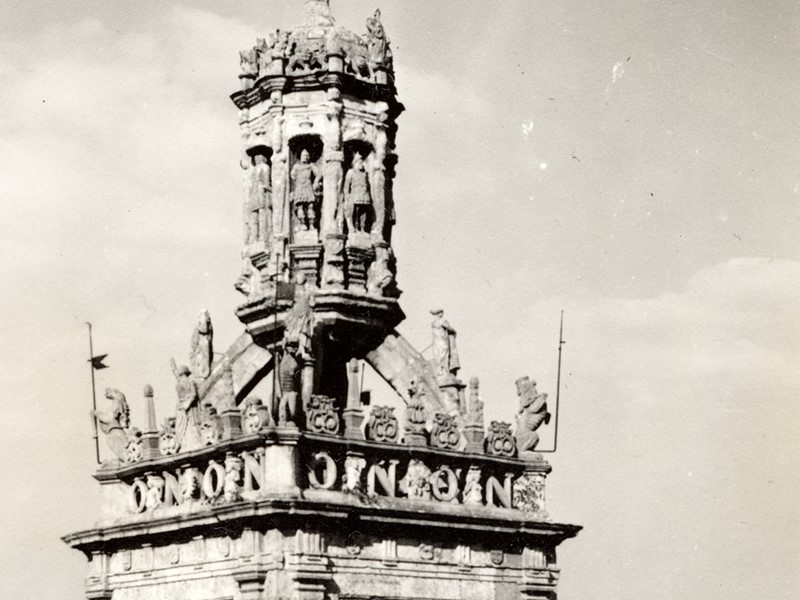
The ‘Carfax Conduit’, 1938. Now situated at Nuneham, several miles downstream (Nuneham House is in the background), the conduit had provided Oxford’s citizens with clean water piped from hills to the west of the city since 1610. The structure stood at the very centre of Oxford, Carfax, but became an impediment to traffic and was relocated here in 1789.
Sections:
Oxford
Section 7. Water SuppliesApart from piped supplies to monasteries, the people of Oxford relied on taking water from the river or on wells until the 17th century. Some were known as healing wells or associated with saints. Most sites have gone, although a drinking fountain was erected over the Walton Well spring in 1895. The most famous is St Margaret’s Well in Binsey, used for the treacle well in Alice in Wonderland by Lewis Carroll. (The term ‘Treacle well’ traditionally meant a well where the water had medicinal properties.) Ornamental fountains are also found across the city. In 1610 Otto Nicholson funded a system running spring water from North Hinksey to the Carfax Conduit in the centre of the city. The conduit became inadequate and a traffic hazard so was moved to Lord Harcourt‘s Nuneham Courtney estate. Outbreaks of cholera in the city led to a new plant at Hinksey, where water from the river north of the city was processed. This site closed in 1934, after which it was converted to a leisure centre. The new waterworks was located outside the city at Swinford and a large reservoir was built at nearby Farmoor.